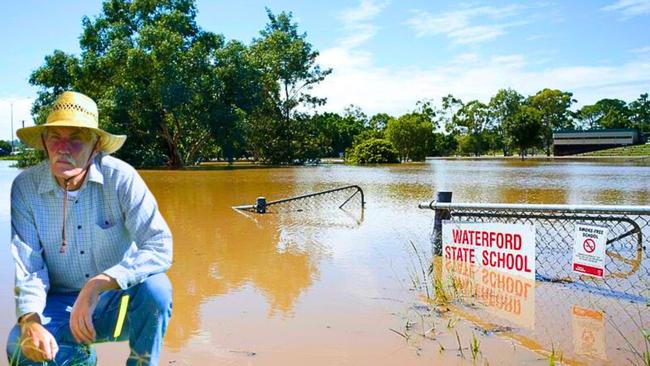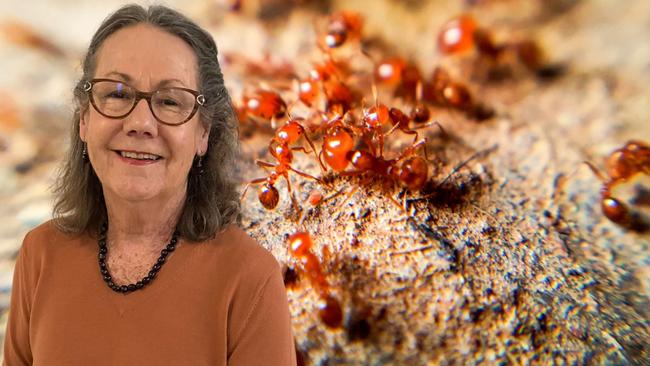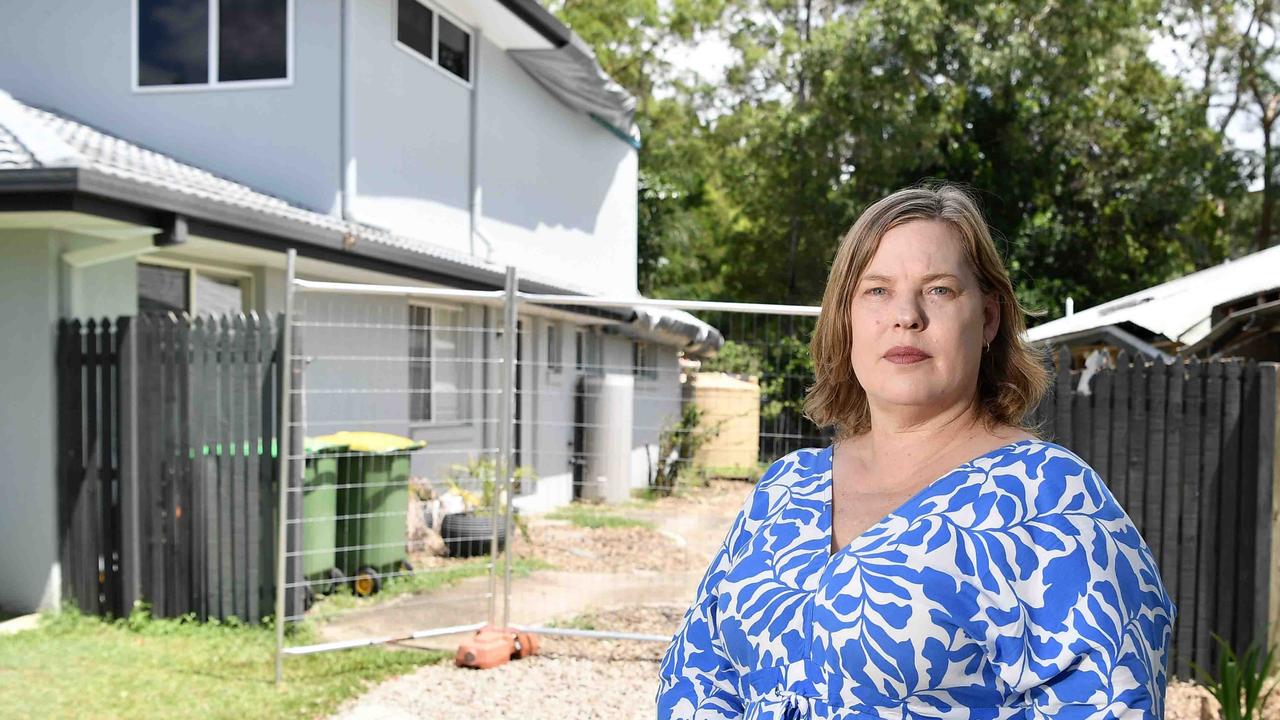Logan calls for federal funding to help councils halt march of fire ants
One of the state’s largest councils says a new federal fire ant eradication plan will cost its ratepayers about $10 million and is doomed to fail in the southeast without adequate funding.

Redlands Coast
Don't miss out on the headlines from Redlands Coast. Followed categories will be added to My News.
One of the state’s largest councils says a new federal fire ant eradication plan will cost its ratepayers about $10 million and is doomed to fail in the southeast without adequate funding.
Logan City Council voiced its concerns about the program, which came into effect this month, in a submission to a parliamentary inquiry into local government sustainability in Canberra this week.
The council, where more than 16 per cent of the city’s land is earmarked for development, said the program threatened to impose a crushing financial burden on all local councils and their ratepayers.
Under the new scheme, each local government area is required to individually bear the burden of funding fire ant surveillance and suppression activities.

“A significant amount of unforeseen council expenditure and resources will be required to manage this new arrangement effectively,” the Logan submission said.
“Early projections indicate that an increase of surveillance and treatment activities of the nature required for the City of Logan could cost up to $1 million per annum for a period of up to 10 years if bait is provided at no cost.
“Without additional funding flowing to local governments, the amplified cost of the Red Imported Fire Ants suppression in local areas from June 30, 2024 will unreasonably burden ratepayers and could potentially jeopardise the effectiveness of the overall eradication program.”

The fire ant issue has been a longstanding problem in Queensland, where housing estates are under construction in Redland, Ipswich, Logan and Moreton.
Over the past two decades, nearly $1 billion has been invested into the national fire ant program and up until last year, all those funds were spent in Queensland.
However, despite the massive financial commitment, the program’s effectiveness has been questioned with the spread of the pest continuing across the state.
Logan fire ant eradication volunteer Stuart Webber said the program needed immediate attention as high levels of untreated infestations were already on properties on both the Albert and Logan rivers.

“On one Logan River property at Waterford this year, there were more than 4000 nests that we had to treat without any involvement from the fire ant program,” Mr Webber said.
“These pests will spread, and as soon as these riverside properties flood there will be a sea of red rafting fire ants which will infest many more suburbs.
“Without treatment taking priority on these riverside properties southeast Queensland will be overrun and no amount of money will stop the spread.”
Fire Ant program whistleblower Pam Swepson said southeast Queensland councils needed to “gang up” against the state government and lobby the new Agriculture minister Julie Collins for direct funding.
Dr Swepson said the Logan submission to the parliamentary inquiry highlighted the state government’s poor handling of the program’s $1 billion budget and the growing frustration among local governments.
She said the funding imbalance had led to allegations the state government had mishandled the fire ant budget, turning the program into a “cash cow” rather than addressing the core issue.

“The federal government should redirect funding directly to local councils to allow them to employ a team of professionals and hire pest treatment teams and tailor programs to their specific needs,” Dr Swepson said.
“The councils, including Logan, should stop emphasising eradication, which is unrealistic and not supported by scientific evidence, and instead focus on management.
“Despite all the federal funding over 20 years, there is still no co-ordinated systematic surveillance and tracing in Queensland with fire ant nest detection relying solely on members of the public reporting them.

“There are thousands of construction sites across Brisbane, Ipswich, Logan, Redland, Moreton and the Gold Coast and yet there is no obligatory soil checks of vehicles leaving construction sites.
“The councils need professional teams of biosecurity compliance officers and a co-ordinated approach to pest management because so far, the federal funding has been wasted in Queensland.”
Since 2001, the fire ant infestation has blown out from 40,000ha to 800,000ha in 2023 and the budget has grown from $123.4 million to about $1 billion, according to Dr Swepson.
In 2020, the Logan suburb of Yarrabilba became one of the first test sites in Queensland for the “do-it-yourself” program to kill the deadly pest.




